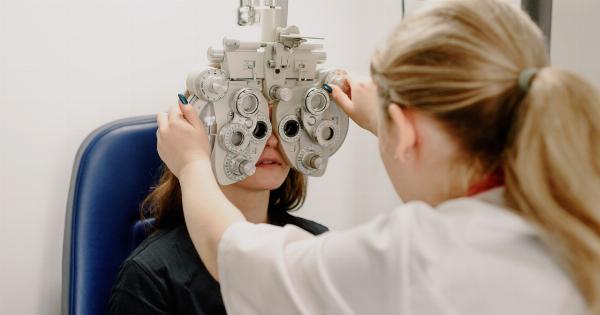Seizures are a neurological disorder that affects millions of people around the world. It is a disorder where the brain activity becomes abnormal, causing seizures, periods of unusual behavior, and loss of consciousness.
Seizures can be caused by a variety of factors, including brain injury, genetic factors, and medical conditions such as epilepsy. Although there is no cure for seizures, there is a revolutionary technology that can help manage and prevent seizures.
What is the Revolutionary Technology?
The revolutionary technology that has been developed to help manage and prevent seizures is called Neuromodulation. Neuromodulation is a non-invasive method of stimulating the brain in order to prevent seizures.
This technology uses electrical impulses to stimulate specific areas of the brain that are responsible for seizures, which helps to reduce the frequency and intensity of seizures.
How Does it Work?
Neuromodulation works by stimulating specific areas of the brain using electrical impulses. This is done through a device that is implanted into the brain or attached to the scalp.
The device is programmed to deliver electrical impulses to the specific areas of the brain that are responsible for seizures. The electrical impulses help to regulate the activity of the brain and prevent seizures from occurring.
The Benefits of Neuromodulation
The benefits of Neuromodulation are immense. This revolutionary technology can help to reduce the frequency and intensity of seizures, which can improve the quality of life for those who suffer from seizures.
Neuromodulation is also non-invasive, which means that it does not require any surgery. This makes it a much safer and less painful option than other treatments such as surgery or medication.
Who Can Benefit from Neuromodulation?
Neuromodulation can be used to treat a variety of neurological disorders, including epilepsy and other seizure disorders. It can also be used to treat chronic pain, depression, and other mental illnesses.
Neuromodulation is a safe and effective treatment option for anyone who suffers from seizures or other neurological disorders.
Risks and Side Effects
As with any medical procedure, there are risks and side effects associated with Neuromodulation. The most common side effect is a tingling or burning sensation in the scalp or other areas of the body.
There is also a small risk of infection or bleeding at the site of the device. However, the benefits of Neuromodulation far outweigh the risks for most patients.
Conclusion
Seizures are a difficult and often debilitating disorder that affects millions of people worldwide. Although there is no cure for seizures, there is a revolutionary technology that can help manage and prevent seizures.
Neuromodulation is a non-invasive method of stimulating the brain to prevent seizures using electrical impulses. This technology has proven to be an effective and safe treatment option for those who suffer from seizures or other neurological disorders.
If you or someone you know suffers from seizures or other neurological disorders, Neuromodulation may be the answer you have been searching for.




























